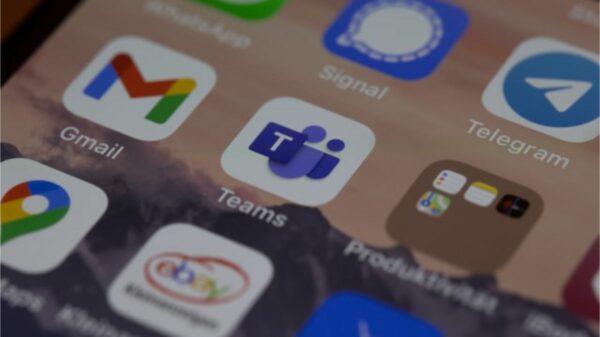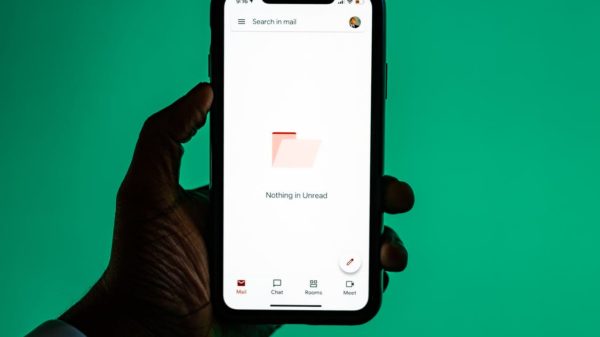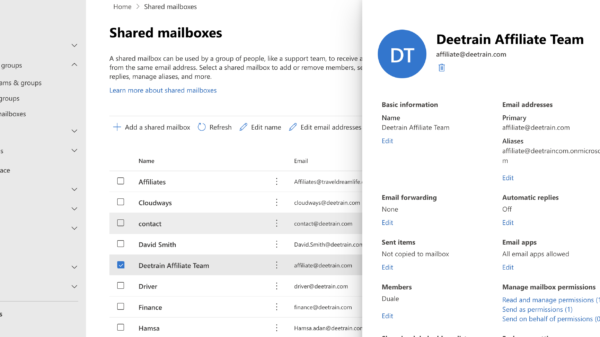The business accounts available in Microsoft 365 subscriptions are not restricted to individual users. The Administrator can set up certain shared accounts available to different users, and users may also send emails using regular accounts.
A shared mailbox in Office 365 is free and does not require a license; nevertheless, any user that accesses the Shared Mailbox must have an Office 365 license. A shared mailbox lacks a username and password and cannot be accessed directly by users.
In this blog, we will go over licensing and some of the critical characteristics of a shared mailbox and set up a shared mailbox in an Office 365 environment, convert a user mailbox to a shared mailbox, and so on.
Understand the Limitations of Office 365 Shared Mailboxes
In Exchange Online, shared mailboxes allow a group of users to access and send email from a single mailbox. Understanding the restrictions of shared mailboxes in Office 365 is critical for setting the proper expectations for consumers.
Many users have queries about using shared mailboxes in Office 365. Before we can provide a solution to our customers, we must first understand the limits of shared mailboxes in Office 365.
We will attempt to develop a knowledge of shared mailbox restrictions to assist customers in deciding whether to utilize a shared mailbox vs. a user mailbox.
What exactly are shared mailboxes?
A shared mailbox is a one-of-a-kind mailbox that the Office 365 administrator creates to allow many users to send and receive messages from the same address. It enables businesses to share the burden of consumer inquiries via email.
They can also be used to hold material that has been transferred from on-premises public folders.
Shared mailboxes are not connected with specific users, and they are set up to be accessed by several users, such as the Sales team, Accounts team, HR, etc.
When you send a message from a shared mailbox, the recipient receives it from a Shared mailbox rather than from a single user. Although the Administrator creates a shared mailbox, it has no owner and no password.
To access a shared mailbox, a user must first obtain authorization from the Administrator.
Furthermore, shared mailboxes in Office 365 are free and do not require a license — but there are certain restrictions to using shared mailboxes. A free shared mailbox, for example, has a capacity restriction of 50GB and cannot be used as a primary mailbox.
The Drawbacks of Shared Mailboxes
- It is entirely free to use and does not require a subscription; however, users who access Shared mailboxes must have Office 365 licenses allocated to them.
- You cannot access Shared Mailbox if you have an Exchange Online Kiosk license.
- Every Shared Mailbox has a capacity restriction of 50 GB and must be licensed if it exceeds that limit.
- A shared Mailbox lacks a Username and Password and cannot be accessed directly. Users must first log in to their inbox to access a shared mailbox and then open the shared mailbox.
- It cannot be used to archive a user’s emails.
- ActiveSync clients are unable to access it.
- It cannot be used to keep a journal.
- After the user mailbox is configured, it can only be accessed using Outlook desktop and Outlook Web client.
- To utilize Outlook to access the shared mailbox, you must first configure the user mailbox with access to Shared Mailbox.
Considerations to make before establishing a shared mailbox
Membership permissions: Before creating a shared mailbox, you should know who will be able to access it. Members can immediately access the shared mailbox in their inbox after granting access rights.
License concerns: A shared mailbox does not generally require a license; however, if the shared mailbox data reaches 50 Gb, you must assign a license to the shared mailbox to store more data.
There is no email encryption: A shared mailbox is not an encrypted mailbox compared to user mailboxes. Because a shared mailbox lacks its security context (username and password), it cannot have its security key. If more than one person is a member and they send/receive emails encrypted with their keys, other members may or may not be able to read the email, depending on whose public key was used to encrypt it.
Subscription requirements: To set up a shared mailbox, you must first subscribe to Microsoft 365 for a business plan that includes email (the Exchange Online service). Before you create a shared mailbox, double-check your subscription.
Creating a shared mailbox in Microsoft 365 Exchange Admin Center
Given the preceding, you might wish to set up a shared mailbox in Office 365. However, if you are an administrator, you will be the only one to establish a shared mailbox Exchange Admin center. To build a shared mailbox in EAC, follow these steps:
1. Open the Office 365 Admin Center.
2. Go to the Exchange Online Admin Center and choose Recipients.
3. Select the Shared icon and press the Add button.
4. Enter the Shared Mailbox information and add users who will see and send emails from the Shared Mailbox.
Most businesses now frequently surpass the Shared Mailbox limit. As a result, they must backup Office 365 shared mailbox data to avoid purchasing the licensed version. However, backing up Office 365 shared mailboxes manually is difficult.
As a result, they require a third-party solution that allows for the rapid and safe backup of Office 365 shared mailboxes.
Kernel Office 365 Backup & Restore is an excellent solution for backing Microsoft Office 365 mailboxes. You may use this program to back up every mailbox in your Office 365 account.
Removing license from the shared mailbox
A license is usually not required for a shared mailbox. So, after the license has been successfully converted, you may delete it from the shared mailbox. So that you can reassign the deleted license to a different freshly formed user, remove a license from the shared mailbox, follow the procedures below.
- Log in as a Global Administrator or Exchange Administrator to the Microsoft 365 Admin Center.
- Select Users Active users Choose the user who was changed to a Shared mailbox.
- Select the Licenses and Apps tab.
- Uncheck the box next to Office 365 subscription in the Licenses section.
- Save changes by clicking the Save button.
Conclusion
Office 365 provides a plethora of options to its customers, one of which is a shared mailbox. However, several Office 365 shared mailbox limits might result in data loss for companies they cannot afford.
Because a considerable quantity of data is processed daily, O365 has set a shared mailbox capacity restriction of 50 GB. As a result, companies must retain a copy of their critical data on their local system. As a result, we’ve given a safe and dependable way for consumers to do the same.









